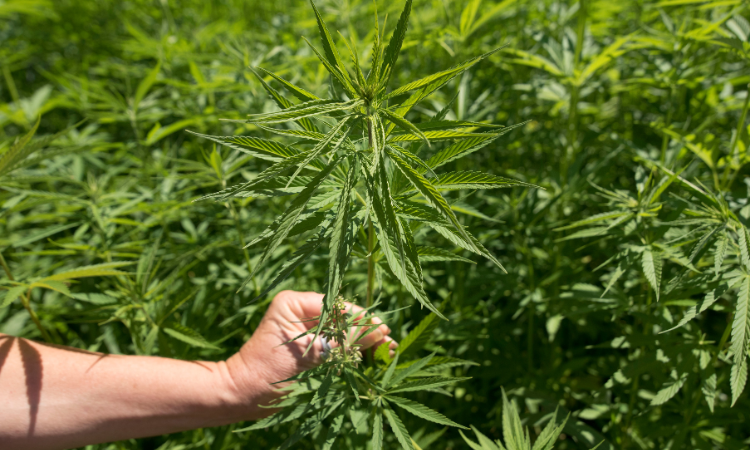Embarking on the journey of hemp cultivation demands a delicate balance of expertise, innovation,
and adherence to best practices. In this article, we will dig into the complexities of hemp cultivation
techniques, providing essential insights that will provide farmers with the knowledge they need to
maximize productivity, quality and sustainability. Join us as we reveal the secrets of mastering
hemp farming, from soil preparation to harvesting procedures.
Water Management
Effective irrigation is critical for hemp farming, particularly during germination and early
development stages. Farmers should use efficient irrigation practices to maintain stable moisture
levels in the soil while preventing water-logging, which can cause root rot and other illnesses.
Nutrient Management
Hemp requires appropriate nutrients for proper growth and development. Farmers should undertake
soil tests to determine nutrient levels and then apply fertilizers accordingly. Organic fertilizers and
soil amendments are frequently used to improve soil health while minimizing environmental effect.
Weed Control
Weed competition has a substantial impact on hemp production and quality. Farmers should adopt
integrated weed management practices, such as mechanical cultivation, mulching, and cover
cropping, to control weed growth while reducing pesticide use.
Disease Management
Hemp is prone to a variety of illnesses, including fungal, bacterial, and viral infections. Disease
pressure can be reduced by planting disease-resistant types, rotating crops, and maintaining
optimum plant spacing. Farmers should also inspect crops on a regular basis for signs of illness and
respond quickly to prevent outbreaks.
Environmental Concerns
Sustainable hemp production approaches prioritize environmental management and resource
conservation. Cultivators may reduce soil erosion, safeguard water quality, and preserve
biodiversity by using conservation tillage, buffer zones, and wildlife habitat modifications.
Harvesting and processing
The timing and methods of harvesting have a considerable impact on hemp quality and
marketability. Harvesting for fibre and grain production should take place when plants achieve peak
maturity, which is usually when seeds are fully formed and fibers are mature. Harvesting for CBD
production should take place when cannabinoid levels are at their peak, typically before seed
formation.
Regulatory Compliance
Hemp cultivation is subject to a variety of regulations and licensing procedures, which vary by
jurisdiction. Farmers should be aware of country, local, state, and federal rules governing hemp
growing, such as licensing, testing, and THC content limitations.
Market Considerations
Before planting hemp, agriculturalists should assess market demand and identify potential buyers
for their crops. Understanding market trends, consumer preferences, and industry rules can help
cultivators make informed choices and increase profits.
Conclusion
By addressing these factors in their hemp cultivation practices, farmers can optimize yields,
enhance product quality, and ensure compliance with regulatory requirements while promoting
environmental sustainability and long-term profitability.



